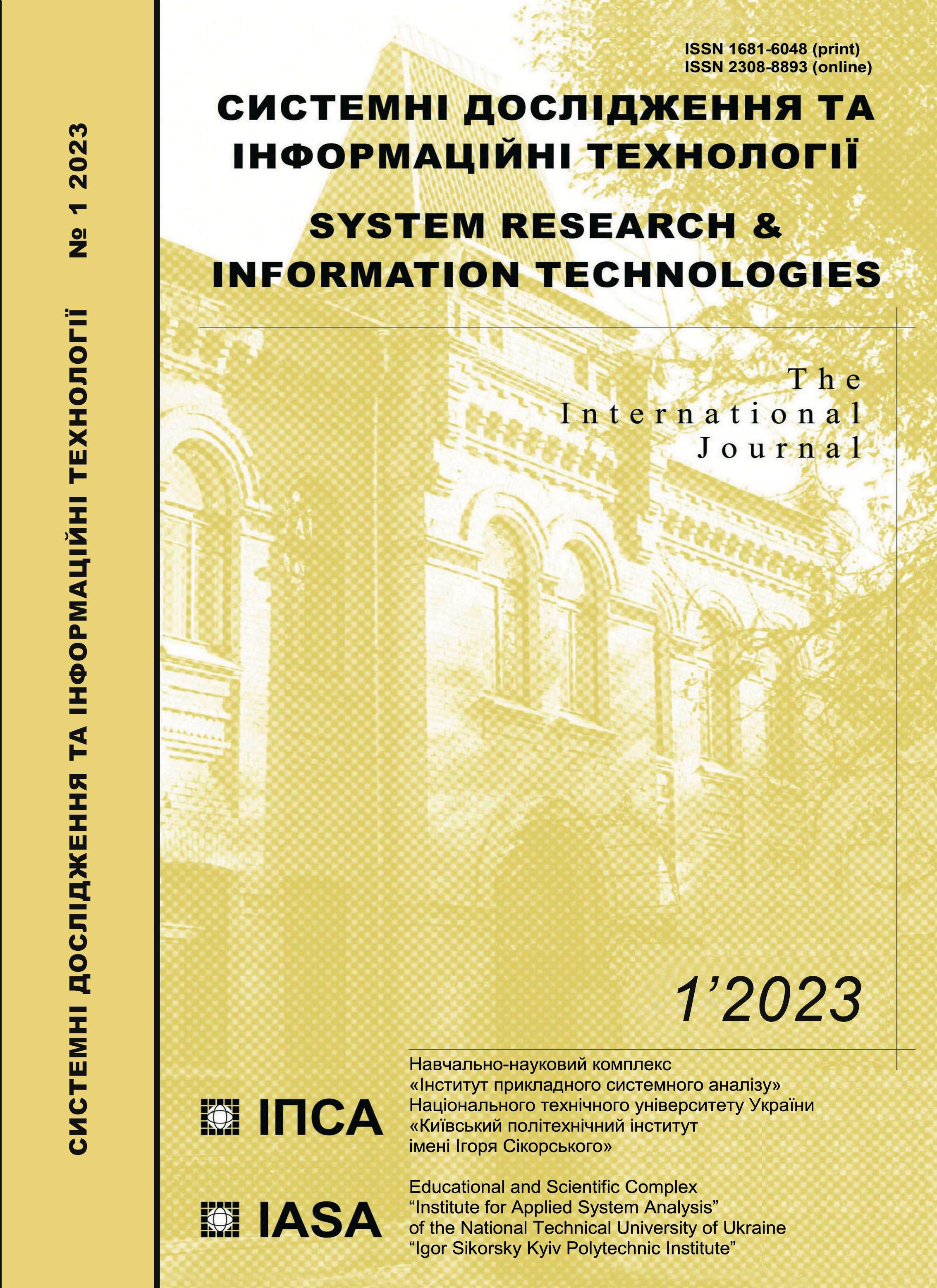Algorithms of statistical anomalies clearing for data science applications
DOI:
https://doi.org/10.20535/SRIT.2308-8893.2023.1.06Keywords:
anomaly removal, anomaly detection, noise removal, statistical techniques, data analysis, big data, data cleaningAbstract
The paper considers the nature of input data used by Data Science algorithms of modern-day application domains. It then proposes three algorithms designed to remove statistical anomalies from datasets as a part of the Data Science pipeline. The main advantages of given algorithms are their relative simplicity and a small number of configurable parameters. Parameters are determined by machine learning with respect to the properties of input data. These algorithms are flexible and have no strict dependency on the nature and origin of data. The efficiency of the proposed approaches is verified with a modeling experiment conducted using algorithms implemented in Python. The results are illustrated with plots built using raw and processed datasets. The algorithms application is analyzed, and results are compared.
References
F. Provost and T. Fawcett, Data Science for Business. USA: O’Reilly Media, Inc, 2013, 409 p.
D. Dietrich, Data Science & Big Data Analytics: Discovering, Analyzing, Visualizing and Presenting Data. Indianapolis, Indiana, USA: John Wiley & Sons, Inc, 2015, 420 p. doi: 10.1002/9781119183686.ch1.
O. Pysarchuk and V. Kharchenko, Nonlinear multi-criteria process modeling in traffic management systems, (in Ukrainian). Kyiv: Institute of Gifted Child, 2015, 248 p.
S. Kovbasiuk, O. Pysarchuk, and M. Rakushev, Least Squares Method and its practical applications, (in Ukrainian). Zhytomyr: Zhytomyr Military Institute, 2008, 228 p.
S. Raschka, Y. Liu, and V. Mirjalili, Machine Learning with PyTorch and Scikit-Learn: Develop machine learning and deep learning models with Python. Birmingham: Packt, 2022.
P. Joshi, Artificial Intelligence with Python. Birmingham: Packt, 2017.
G. Kishan, K. Chilukuri, and H. HuaMing, Anomaly Detection Principles and Algorithms. Switzerland, Springer, 2017, 229 p. doi: 10.1007/978-3-319-67526-8.
O. Pysarchuk and Y. Mironov, Chromosome Feature Extraction and Ideogram-Powered Chromosome Categorization. Switzerland, Springer, 2022. doi: 10.1007/978-3-031-04812-8_36.
H. Blomquist and J. Möller, Anomaly detection with Machine learning. Quality assurance of statistical data in the Aid community. Uppsala: Uppsala University, 2015, 60 p.
S. Thudumu, P. Branch, J. Jin, and J. Singh, A comprehensive survey of anomaly detection techniques for high dimensional big data. Switzerland, Springer, 2017, 30 p. doi: 10.1186/s40537-020-00320-x.

